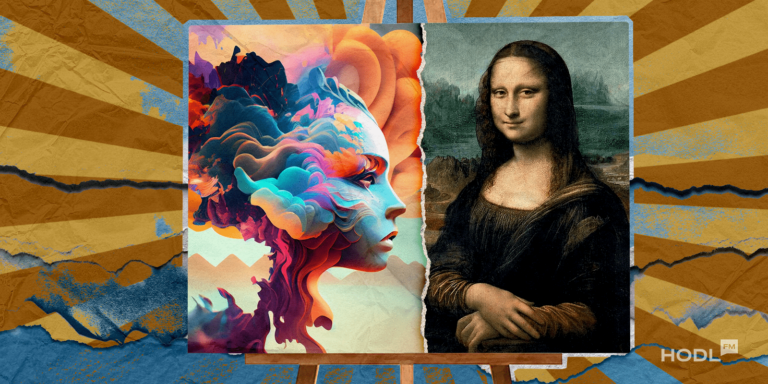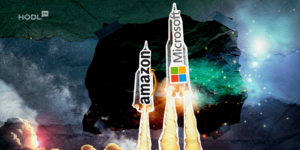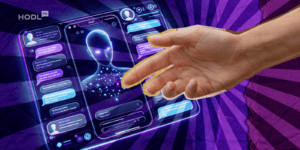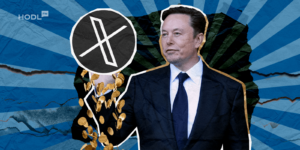Artist’s problem #101 is trying to find that one color! As such, most have tried to use Gauguin’s symbolism, imitate Van Gogh’s characteristic strokes, or employ da Vinci’s subjects to no avail. If you’ve found it difficult to merge the skills of these great maestros and produce exemplary art, we have good news for you. This article discusses how AI art is giving artists a new lease of life through an amalgamation of art and technology.
Related: The Metaverse is Ready for Revival
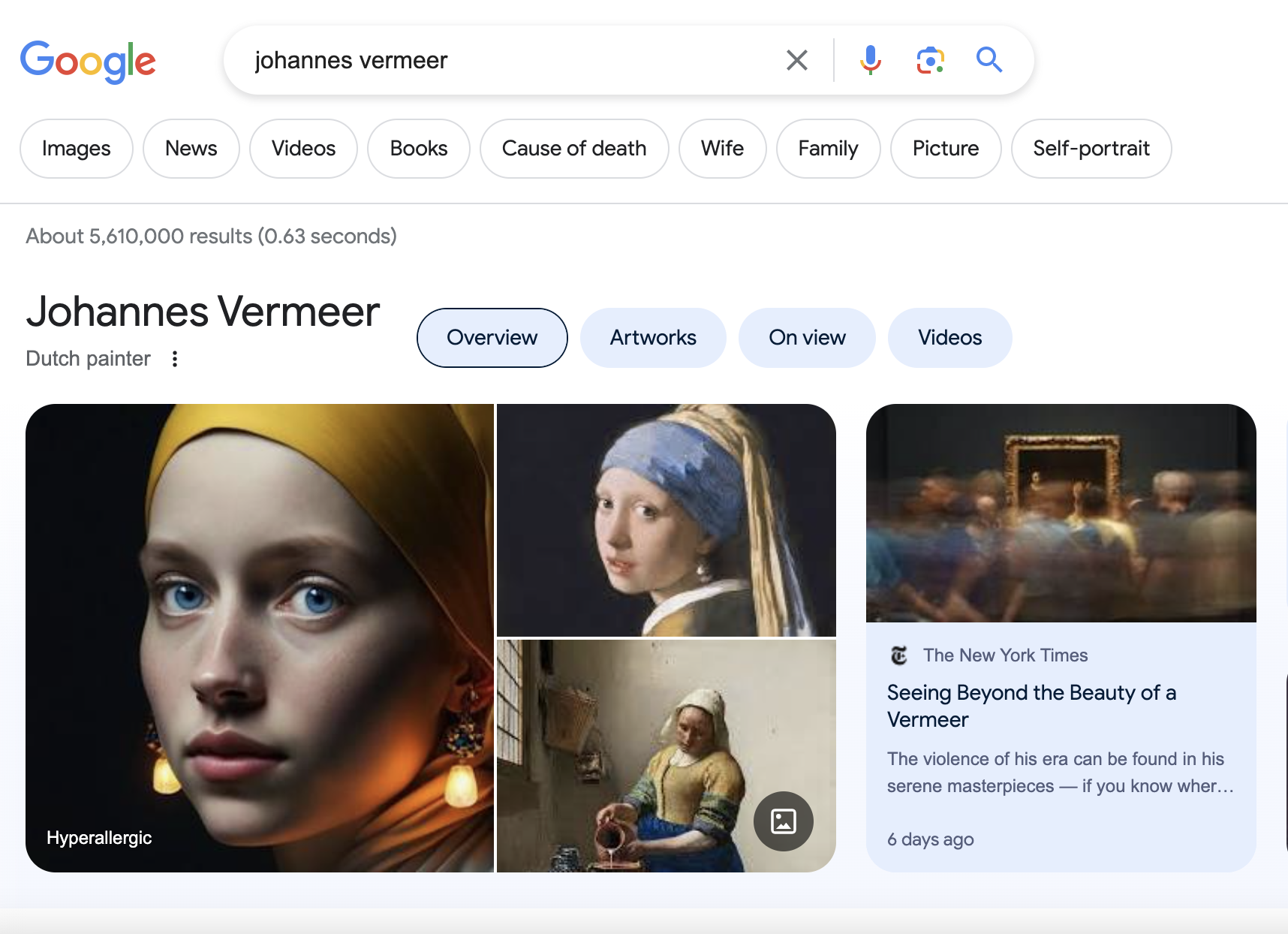
Introduction
AI art refers to any form of digital artwork like video, text, audio, or images you can create using artificial intelligence (AI). The human artist is involved in this process by adding data like cartoons, print ads, photos, and paintings or entering prompts into the AI generator. However, the outcome is left to the AI generator that takes the visual or written prompts to process a request and craft the desired result.
The use of machine learning in art has been around for a while. However, it’s only recently that this type of digital creativity has begun achieving widespread fame. Machine learning is a type of AI that empowers computers to learn and gain experience by scraping the internet or any other data set without human intervention or explicit programming.
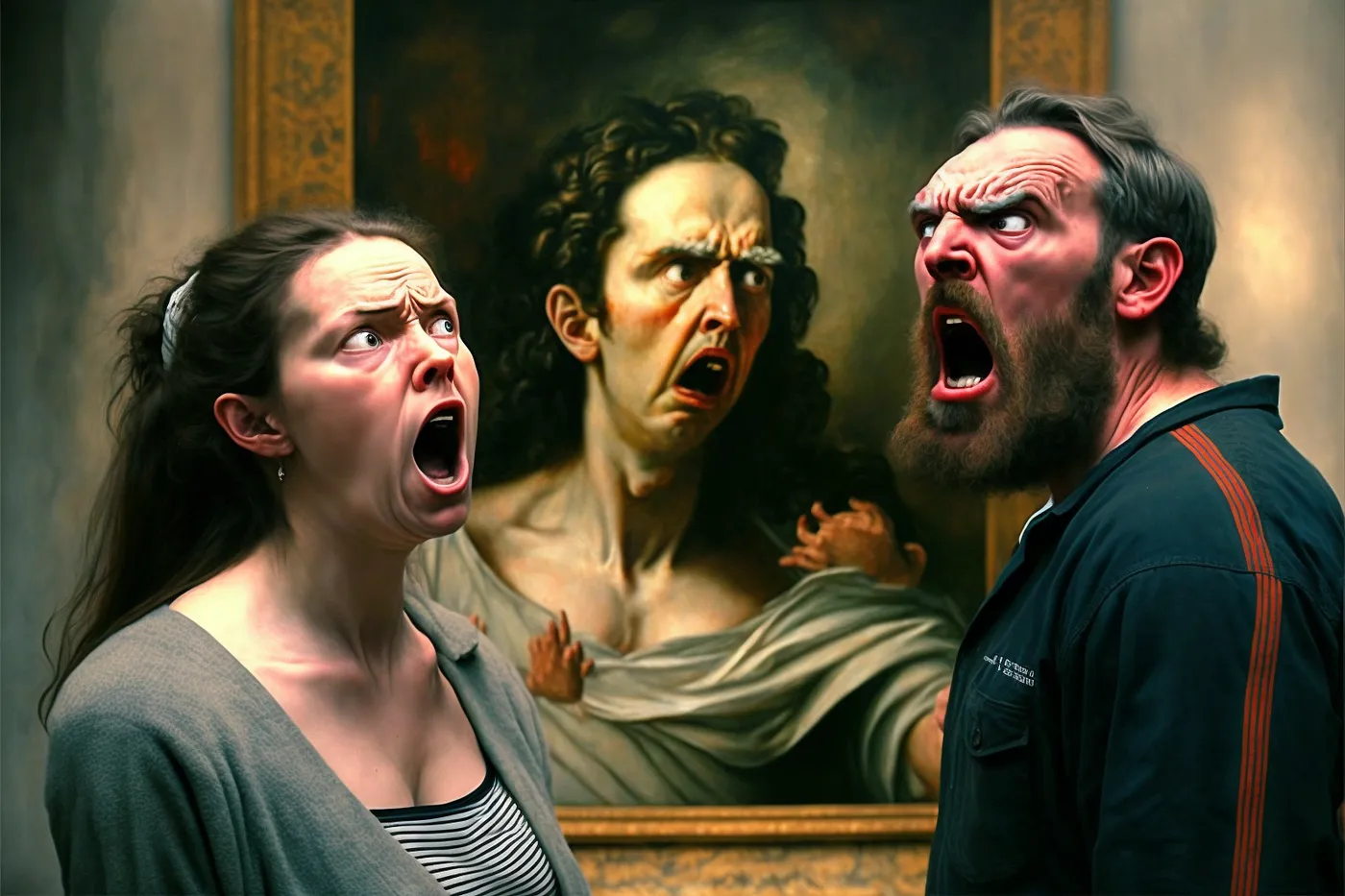
Machine learning employs creative algorithms that are designed to detect complex data patterns and use the patterns to make artistic patterns and predictions. The technology helps computers to quickly and accurately analyze vast data sets, making it an essential tool in algorithmic expression. The algorithms used for this kind of generative art range from simple ones that use random methods to complex ones like deep learning, neural networks, and natural language processing.
Most Popular AI Generator Right Now
AI image generators are designed to create different levels of computational aesthetics, from vague to the most detailed, to fit any array of purposes. Whether you’re creating art for social media content, branding, invitations, greeting cards, or flyers, you can choose from a number of AI image generators. Let’s look at among the most popular AI generators you can avail of today:
DALL-E 2
The Deep Artificial Language Learning Engine, or simply DALL-E, is currently the class leader for the advanced capabilities it presents, but especially because it was the pioneer mainstream AI image generator. DALL-E is renowned for creating extremely photorealistic art by reading text descriptions and interpreting natural language from commands and written descriptions. Since OpenAI launched its first model, DALL-E 2, there have been numerous improvements, and now there’s a most advanced model dubbed DALL-E 3.
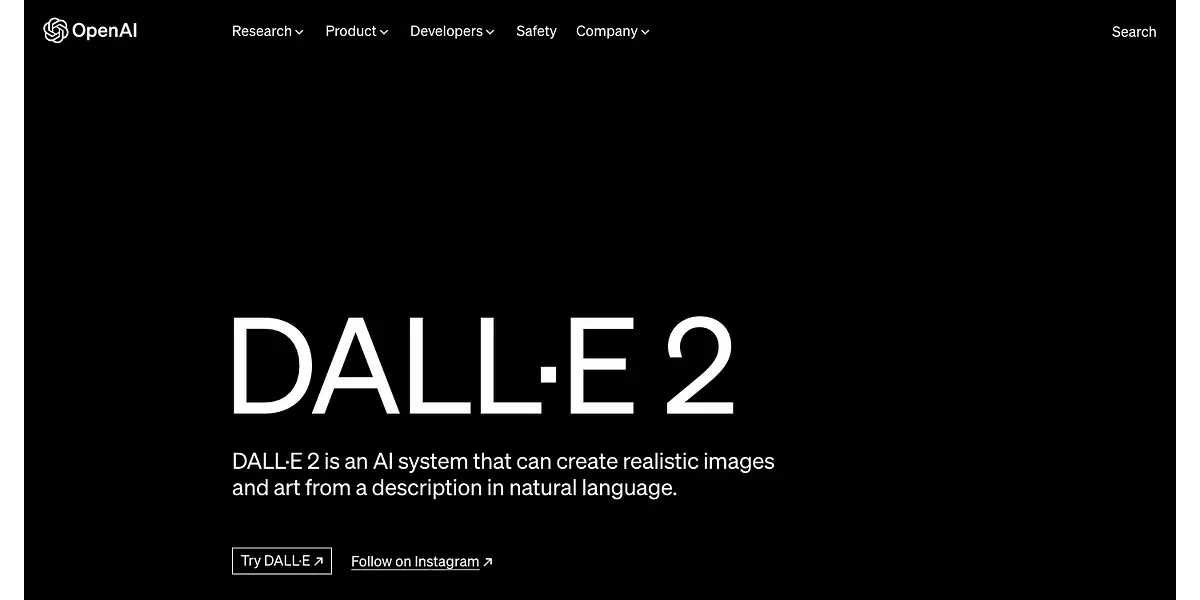
DALL-E 3 is the power behind Microsoft Designer’s Image Creator, which is famous for producing the highest quality images compared to the free version of DALL-E. The best thing about DALL-E 3 is that it’s accessible from the same source as Microsoft’s AI chatbot, Copilot. Moreover, users can visit Image Creator singularly and ask it to create images in Copilot. This feature enables users to get image generating and AI chatting needs at the same place, meaning you can benefit from text and image generation, especially when you want to follow a particular theme.
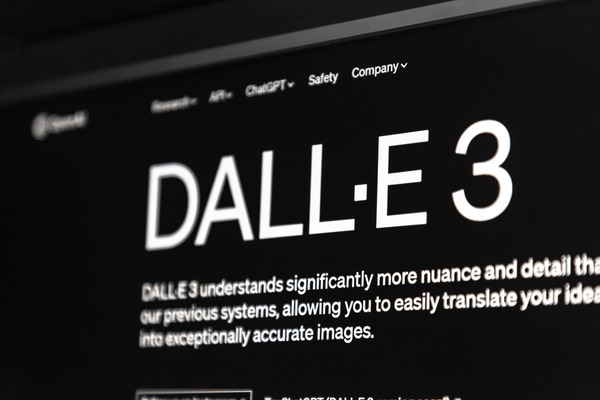
How does AI Сreate Artwork?
The best thing about generating AI art is that you don’t need any experience as a professional artist to make things happen. The software combines artistic intelligence based on the quality of prompts you input with its AI-powered complex pipeline to create visually engaging generative art. Nowadays, there are easy-to-use text-to-image AI models that anyone can use to generate AI art.
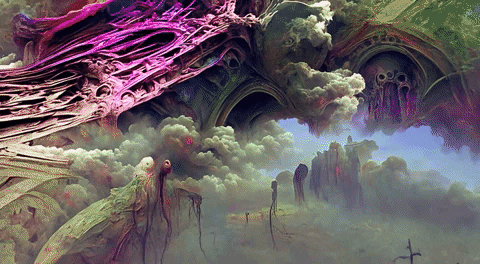
Using machine learning in art algorithms and deep neural networks, the text-to-image model uses text description inputs to generate the desired artwork, which can be refined according to a user’s vision. If you need to modify existing art, the model uses existing art and an image-filtering algorithm to locate patterns and create new art or a new version of an existing image.
Artificial intelligence systems facilitate the image creation process by collecting potential themes and designs from which users can scout for options that best fit their desired artwork. By integrating AI, the generators enhance the creative process to create new art. Furthermore, AI algorithms with the right input parameters can suggest the best sketches, compositions, and color palettes, resulting in the best outcomes in computational aesthetics.
Is AI-Generated Art a Real Art?
The subject of algorithmic expression as AI becomes a force to reckon with in different areas of life is putting into question the future role of humans in an automated world. As AI-image generators like DALL-E 2, Midjourney, and Discord penetrate the world of digital creativity, there’s growing controversy as to whether the outcome of using machine learning in art should be considered real art.
Sometime in 2021, AI-generated art caused a storm on the world auction under the auspices of Christie’s, which Beeple’s “The First 5000 Days” fetching a whopping $69.3 million. This showed that in addition to just being created, AI could also be used to produce world-class art, though the results blurred the line between man and machine.
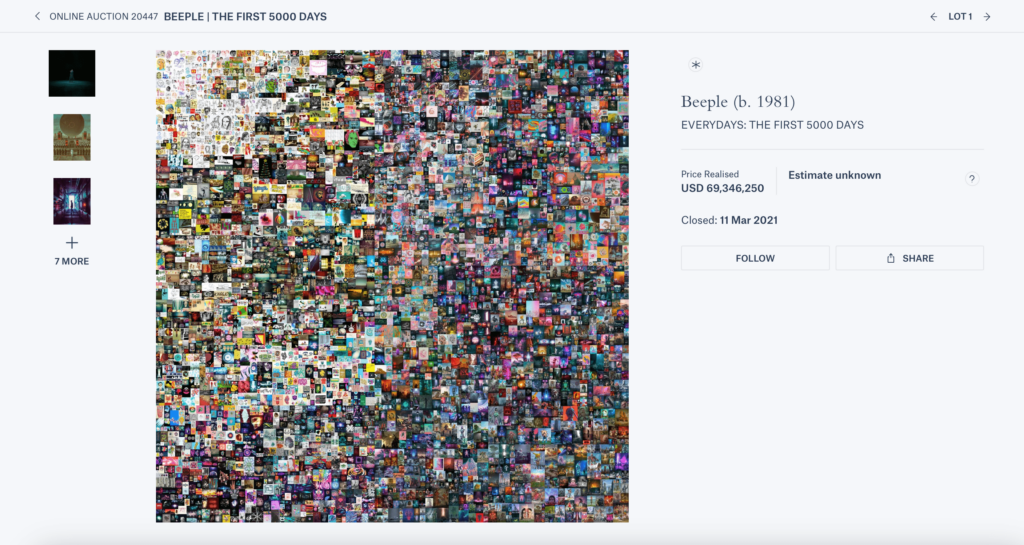
Popular opinion is still divided among creatives who consider art the process by which humans express ideas or emotions as they’re filtered through personal experience. According to those who hold this school of thought, AI art generated at the behest of computer data doesn’t qualify to become real art for want of creativity.
A different school of thought compares the subject of creativity to photography, which has long endured controversy on whether it can be considered an art. Thankfully, there’s consensus today that photography is a form of art since it’s framed by a human artist who frames the image. In the same vein, while machine-generated art runs through a human-created algorithm, it begins with the “artist” entering a text input.
The matter of AI art being a referential work for using data as reference media to create art shouldn’t be a problem either. That’s because some of the greatest painters, authors, and musicians sometimes take inspiration from their predecessors. Over and above inspiration, some rules make or break what is considered a great piece of art, which can be taught even to machines. Since such rules exist everywhere, it is safe to conclude that AI art is a form of art that enables people without conventional artistic prowess the potential to express their emotions and vulnerability through art.
The Future of AI Art: Death of Birth for Creativity?
Most opponents of AI art believe the amalgamation of art and technology will eventually devalue the labor of professional artists and sound a death knell to their trade. That’s because, like all commodities, the value of art pieces derives from the balance of supply and demand. Opponents believe that the use of algorithmic expression in art would flood the market and lower the value.
Read More:
- How will Generative Artificial Intelligence impact Web3?
- Top 10 NFT Artists You Should Know
- NFTs Aren’t Dead: A Look at the Future of Digital Collectibles
However, such controversy isn’t new, considering that painters in the past opposed the invention of the camera, believing it would destroy human artistry. The truth is that cameras never replaced painters but only created a new medium for artists to explore.
Instead, the creative controls used in AI art can restore artists’ place in creative processes. It’s already evident that the best pieces of AI art emerge from a dialog between an artist and a machine. Rather than being a threat to human art, the use of AI-based artistic intelligence is augmenting artists’ efforts, offering them a different way to create art, meaning that art isn’t dying but evolving.
Disclaimer: All materials on this site are for informational purposes only. None of the material should be interpreted as investment advice. Please note that despite the nature of much of the material created and hosted on this website, HODL.FM is not a financial reference resource and the opinions of authors and other contributors are their own and should not be taken as financial advice. If you require advice of this sort, HODL.FM strongly recommends contacting a qualified industry professional.
